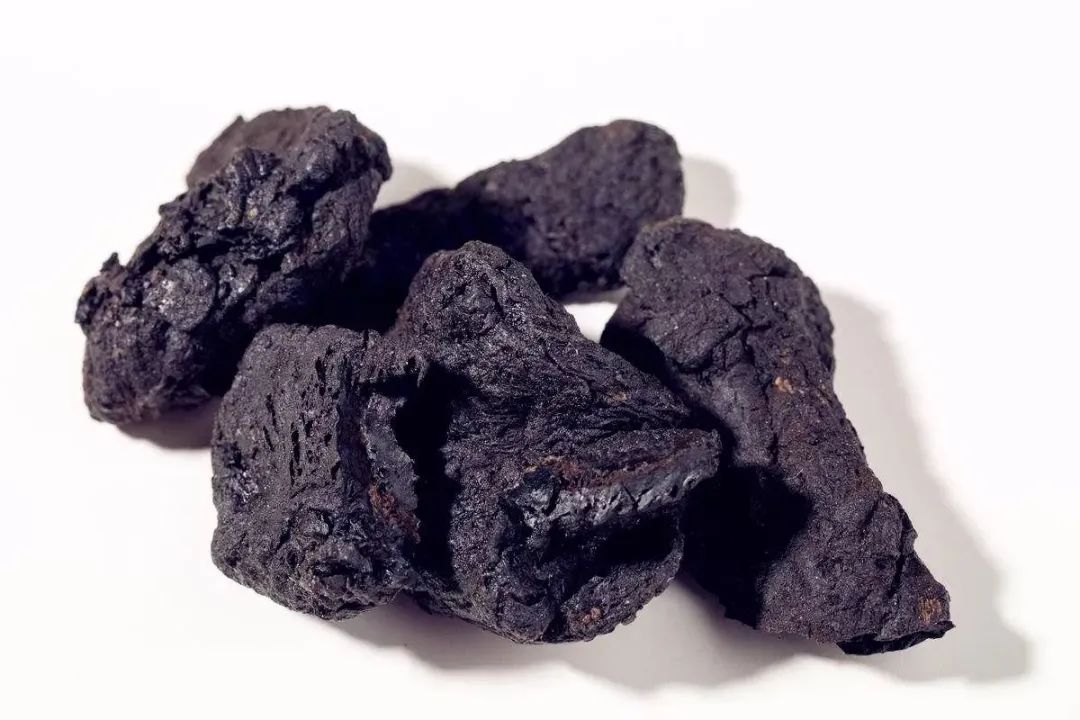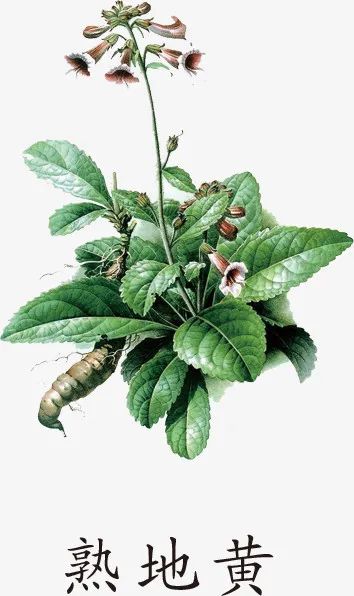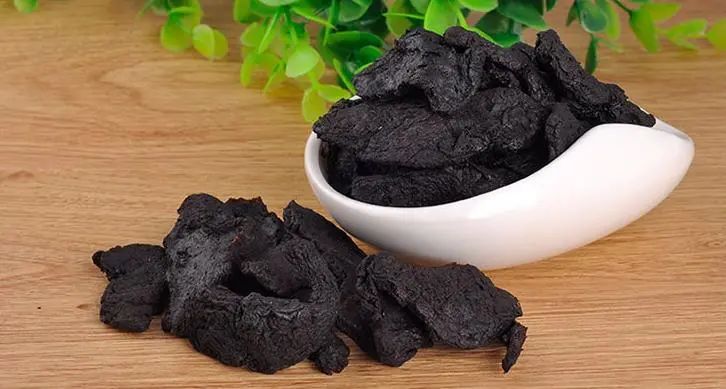————————————————————————————————————————————————————————————————–
Rehmannia Glutinosa is a Chinese medicinal herb known for its nourishing properties. It can replenish Qi and blood, alleviate deficiencies in Qi and blood, and benefit the essence and marrow, significantly enhancing overall health and physical quality. But how should Rehmannia Glutinosa be consumed to maximize its health benefits? Let’s explore its effects and usage methods in detail below.

Effects and Functions of Rehmannia Glutinosa
1. Nourishing the Body
Rehmannia Glutinosa is a highly nutritious herb, rich in alkaloids, glucose, and sucrose, and contains a significant amount of arginine and vitamins. Consuming it allows for quick absorption and utilization of its nutrients, nourishing and alleviating physical weakness while enhancing human physical quality. It has a beneficial effect on deficiencies in physical constitution and insufficient essence and blood.
2. Cardiovascular Protection
Rehmannia Glutinosa has a notable protective effect on human cardiovascular health. It enhances the antioxidant capacity of the cardiovascular system, purifies the blood, and reduces blood viscosity. Regular consumption can prevent thrombosis and stroke, and improve heart function, preventing various adverse symptoms such as myocardial infarction and ischemia.

Methods of Consuming Rehmannia Glutinosa
1. Infusing in Alcohol
Rehmannia Glutinosa can be infused in alcohol. When preparing the infusion, it is best to pair it with appropriate amounts of Angelica Sinensis (Dang Gui), Astragalus (Huang Qi), and Goji Berries (Gou Qi Zi). After washing and drying them, place them in a large clean glass jar, pour in high-purity liquor, and add an appropriate amount of rock candy. Shake well and seal for infusion. After one day, the medicinal liquor will be ready for consumption, with a recommended dosage not exceeding 50 grams per intake.
2. Stewing with Chicken
Rehmannia Glutinosa can also be used to stew chicken, especially when using old hens for soup. Adding an appropriate amount of Rehmannia Glutinosa enhances the nutritional value of the soup and makes the stewed chicken more flavorful. When stewing chicken with Rehmannia Glutinosa, you can also add appropriate amounts of Codonopsis (Dang Shen), Atractylodes (Bai Zhu), and Licorice (Gan Cao), as well as Angelica Sinensis (Dang Gui) and other herbs, which will further enhance the nourishing effects of the chicken soup. Rehmannia Glutinosa can be used to stew chicken wings, dog meat, or beef, among other meats.
Rehmannia Glutinosa (《本草图经》)
It is the root of the plant Rehmannia, processed and prepared. Sweet and slightly warm. It has the functions of nourishing blood, enriching Yin, and replenishing essence and marrow. The polysaccharides contained in this herb have significant immunosuppressive and anti-tumor activities, promoting T lymphocyte activation, directly killing tumor cells, and facilitating the production of a series of lymphokines by T lymphocytes to exert anti-tumor effects. This herb also exhibits notable cardiotonic, diuretic, hepatoprotective, blood sugar-lowering, anti-proliferative, anti-exudative, anti-inflammatory, antifungal, and radioprotective effects.
【Dosage】For internal use: decoction, 10-30g. It is advisable to use it with spleen and stomach tonics such as Chen Pi (Aged Tangerine Peel) and Sha Ren (Cardamom). The charred form of Rehmannia Glutinosa is used for stopping bleeding.
【Efficacy in Cancer Treatment】Clinically, it is commonly used to treat lung cancer, esophageal cancer, gastric cancer, breast cancer, bone tumors, multiple myeloma, leukemia, malignant lymphoma, brain tumors, etc., particularly in cases of liver and kidney Yin deficiency.
1. Lung Cancer
Sheng Di Huang (Raw Rehmannia) and Shu Di Huang (Cooked Rehmannia) each 15g, Tian Dong (Asparagus) and Mai Dong (Ophiopogon) each 12g, Huang Qi (Astragalus) and Dang Shen (Codonopsis) each 20g, Lou Lu (Rhizoma Sparganii), Tu Fu Ling (Smilax), Yu Xing Cao (Houttuynia), and Sheng Ma (Cimicifuga) each 30g. Decoction for oral administration. (Shanghai Municipal Hospital of Traditional Chinese Medicine)
2. Esophageal Cancer
Shu Di Huang 50g, Cinnamon Powder 5g, Ma Huang (Ephedra) 2.5g, Lu Jiao Jiao (Deer Antler Glue) 15g, Bai Jie Zi (White Mustard Seed) 10g, Ginger Charcoal 2.5g, Sheng Gan Cao (Raw Licorice) 5g. Decoction for oral administration, one dose per day. (《抗癌良方》)
3. Gastric Cancer
Shu Di Huang, Dan Shen (Salvia), Gou Qi Zi (Goji Berries), and Zhi He Shou Wu (Processed Fo-Ti) each 15g, Dang Shen, Huang Qi, and Fu Ling each 12g, Bai Zhu, Huai Shan Yao (Chinese Yam), Lu Jiao (Deer Antler), Dang Gui, and Bai Shao (White Peony) each 9g, Zhi Gan Cao (Honey-fried Licorice) 3g. Decoction for oral administration. (《抗癌植物药及其验方》)
4. Multiple Myeloma
Sheng Di Huang and Shu Di Huang each 15g, Shan Yao (Chinese Yam) 12g, Huo Ling (Poria) 12g, Nu Zhen Zi (Ligustrum) 30g, Tu Si Zi (Cuscuta) 30g, Mu Dan Pi (Moutan) 12g, Chi Shao (Red Peony) and Bai Shao each 9g, Yan Hu Suo (Corydalis) 9g, Bai Lian (White Peony) 30g, Bai Zhu 15g, Pu Gong Ying (Dandelion) 30g, Ji Xue Teng (Spatholobus) 15g, Gan Cao 9g. Decoction for oral administration. [Journal of Integrated Traditional and Western Medicine, 1986, 6(9): 552]
5. Acute Non-Lymphocytic Leukemia
Shu Di Huang, Fu Ling, Huang Qi, Bai Hua She She Cao (Hedyotis), Long Kui (Solanum), Shan Dou Gen (Sophora), and Zi Cao (Lithospermum) each 30g, Shan Yao 15g, Shan Zhu Yu (Cornus), Rou Cong Rong (Cistanches), Ba Jiao Tian (Morinda), Bu Gu Zhi (Psoralea), Ren Shen (Ginseng or Codonopsis), Mai Dong, and Wu Wei Zi (Schisandra) each 10g, Dang Gui 6g. Decoction for oral administration. [Journal of Integrated Traditional and Western Medicine, 1985, 5(9): 542]
↓《民方推荐》6. Malignant Lymphoma
Shu Di Huang 30g, Cinnamon and Licorice each 3g, Ma Huang and Pao Jiang (Ginger) each 1.5g, Lu Jiao Jiao (Deer Antler Glue, melted in wine) and Ban Xia (Pinellia) each 9g, Bai Jie Zi (White Mustard Seed, roasted and ground) 5g, Chen Pi 6g. Decoction for oral administration. [Shanghai Journal of Traditional Chinese Medicine, 1984, (9): 7]
7. Brain Tumor
① Sheng Di Huang and Shu Di Huang each 10g, Shan Zhu Yu 15g, Shan Yao 10g, Ze Xie (Alisma) 10g, Fu Ling 10g, Ju Hua (Chrysanthemum) 10g, Huai Niu Xi (Achyranthes) 10g, Gou Teng (Uncaria) 10g, Bai Shao 15g, Xuan Shen (Scrophularia) 15g, Sheng Mu Li (Oyster Shell) 30g, Gou Qi Zi 12g, Sheng Gui Jia (Tortoise Shell) 20g, Nu Zhen Zi 15g, Sheng Zhi Shi (Burnt Stone) 20g. Decoction for oral administration. (《中医肿瘤学》)② Shu Di Huang, Xue Jie (Dragon’s Blood), and Zhen Zhu Mu (Mother of Pearl) each 20g, Chi Shao, Bai Shao, and Dang Gui each 15g, San Leng and E Zhu each 12g, Tao Ren (Peach Kernel) 10g, Shi Chang Pu (Acorus) 5g, Chuan Xiong (Ligusticum) 3g, She Xiang (Musk) 0.3g (swallowed). Decoction for oral administration. (《抗癌植物药及其验方》)
Recommendation: For more folk TCM health information, long press to scan the QR code below to learn more↓↓↓↓↓


The knowledge left by our ancestors is often simple yet practical!
If you find it useful, save it and share it with your friends, as it can truly help everyone!
Disclaimer: This article is reproduced from the internet and published materials. If there is any infringement, please contact us for removal. The various prescriptions and formulas mentioned are for informational sharing only and do not constitute medical advice, recommendations, or guidance. Please use them under the guidance of a physician.

